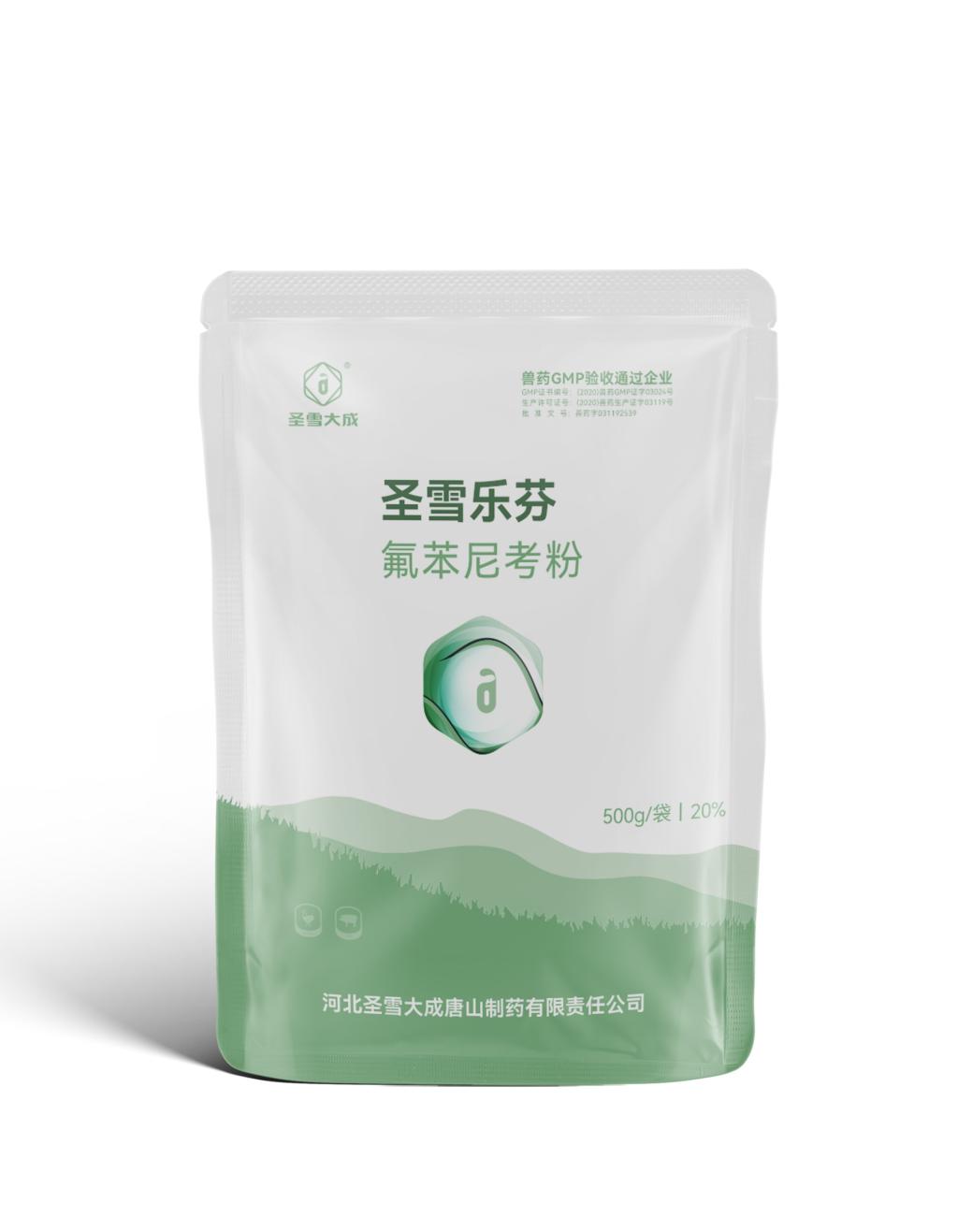Tel:+8618231198596

News
 CONTACT
CONTACT
 CONTACT
CONTACT
- Linkman:Linda Yao
- Tel: +8618231198596
- Email:linda.yao@dcpharma.cn
- Linkman:CHARLES.WANG
- Department:Overseas
- Tel: 0086 0311-85537378 0086 0311-85539701
News
Combating bacterial diseases in aquaculture often involves the use of Florfenicol Powder.
TIME:2024-09-24
Understanding Florfenicol
Florfenicol is a broad-spectrum, synthetic antibiotic derived from thiamphenicol, belonging to the amphenicol class of antibiotics. It is particularly effective against Gram-negative bacteria, which are common pathogens in aquatic environments. Florfenicol inhibits bacterial protein synthesis by binding to the 50S ribosomal subunit, thereby preventing the growth and replication of susceptible bacteria. Its pharmacokinetic properties, including good tissue penetration and a long half-life, make it suitable for treating systemic infections in fish and other aquatic species.
Common Bacterial Diseases in Aquaculture
Bacterial diseases can have a severe impact on aquaculture operations, leading to high mortality rates and reduced productivity. Some of the most prevalent bacterial diseases in aquaculture include:
Streptococcosis: Caused by Streptococcus spp., this disease affects a wide range of fish species and can result in high mortality.
Vibriosis: Caused by Vibrio spp., vibriosis is a common disease in both marine and freshwater aquaculture, leading to significant losses in shrimp, prawns, and fish.
Columnaris Disease: Also known as "cotton wool disease," it is caused by Flavobacterium columnare and primarily affects freshwater fish.
Enteric Redmouth Disease (ERM): Caused by Yersinia ruckeri, ERM is a serious condition affecting salmonids, characterized by hemorrhages and inflammation in the mouth and gills.
Role of Florfenicol Powder in Managing Bacterial Diseases
Broad-Spectrum Activity:
Florfenicol's broad-spectrum activity makes it effective against a wide array of bacterial pathogens, including those responsible for streptococcosis, vibriosis, columnaris disease, and enteric redmouth disease. This versatility allows for a single drug to be used against multiple types of infections, simplifying treatment protocols.
Tissue Penetration:
The ability of Florfenicol to penetrate tissues, including the gills and internal organs, ensures that it reaches the site of infection. This is particularly important for deep-seated and systemic infections where topical treatments may not be sufficient.
Long-Acting Formulations:
Florfenicol Powder can be formulated to provide sustained release, allowing for fewer treatments over the course of therapy. This can improve compliance and reduce the labor required for daily administration, making it more practical for large-scale aquaculture operations.
Ease of Administration:
Florfenicol can be administered through medicated feed or directly into the water, depending on the specific formulation and the needs of the operation. Medicated feed is often preferred as it provides a controlled and consistent dose, while waterborne administration can be useful for treating larger populations or when fish are not actively feeding.
Benefits of Using Florfenicol Powder in Aquaculture
Improved Survival Rates:
Timely and effective treatment with Florfenicol can lead to higher survival rates, reducing the mortality associated with bacterial outbreaks. This, in turn, helps to maintain the population size and genetic diversity within the stock.
Enhanced Growth and Productivity:
By controlling bacterial diseases, Florfenicol helps to maintain the health and growth of the aquatic organisms. Healthy fish and shellfish grow faster and reach market size more quickly, improving the overall productivity and profitability of the aquaculture operation.
Reduced Economic Losses:
Effective disease management can prevent the significant economic losses associated with high mortality, reduced growth, and the need for restocking. This is especially important in intensive aquaculture systems where the spread of disease can have devastating effects.
Regulatory Compliance:
Florfenicol is approved for use in many countries for the treatment of bacterial infections in aquaculture. Adhering to the prescribed use and withdrawal times ensures that the treated products meet regulatory standards, maintaining consumer confidence and market access.
Responsible Use of Florfenicol in Aquaculture
While Florfenicol Powder is a valuable tool for managing bacterial diseases, it is essential to use it responsibly to ensure its continued effectiveness and to minimize the development of antibiotic resistance. Here are some key considerations:
Veterinary Prescription:
Florfenicol should only be used under the guidance of a veterinarian. A proper diagnosis and prescription based on the specific needs of the aquatic species are crucial for effective and responsible use.
Adherence to Treatment Protocols:
Farmers must follow the prescribed treatment protocols, including the correct dosage and duration. Completing the full course of treatment, even if the animals appear to be recovering, is essential to prevent relapse and the development of resistant bacteria.
Record Keeping:
Maintaining accurate records of all antibiotic use, including the reasons for treatment, dosages, and treatment dates, is important for monitoring and ensuring responsible use. These records also help in tracking the efficacy of the treatment and identifying potential issues early.
Preventive Measures:
Implementing good management practices, such as proper biosecurity, water quality management, and vaccination programs, can help reduce the incidence of bacterial diseases and the need for antibiotic treatments.
Antibiotic Stewardship:
Participating in antibiotic stewardship programs and following guidelines for the judicious use of antibiotics can help preserve the efficacy of these drugs and protect public and environmental health. This includes using antibiotics only when necessary and choosing the most appropriate drug for the specific pathogen.
Conclusion
Florfenicol Powder is a reliable and effective tool for combating bacterial diseases in aquaculture. Its broad-spectrum activity, tissue penetration, and ease of administration make it a preferred choice for many aquaculturists. However, the responsible use of Florfenicol is critical to ensure its continued effectiveness and to combat the growing threat of antibiotic resistance. By working closely with veterinarians, adhering to best practices, and implementing preventive measures, the aquaculture industry can manage bacterial diseases while promoting the health and well-being of their aquatic organisms and contributing to the sustainability of the sector.
- Tel:+8618231198596
- Whatsapp:18231198596
- Chat With Skype







